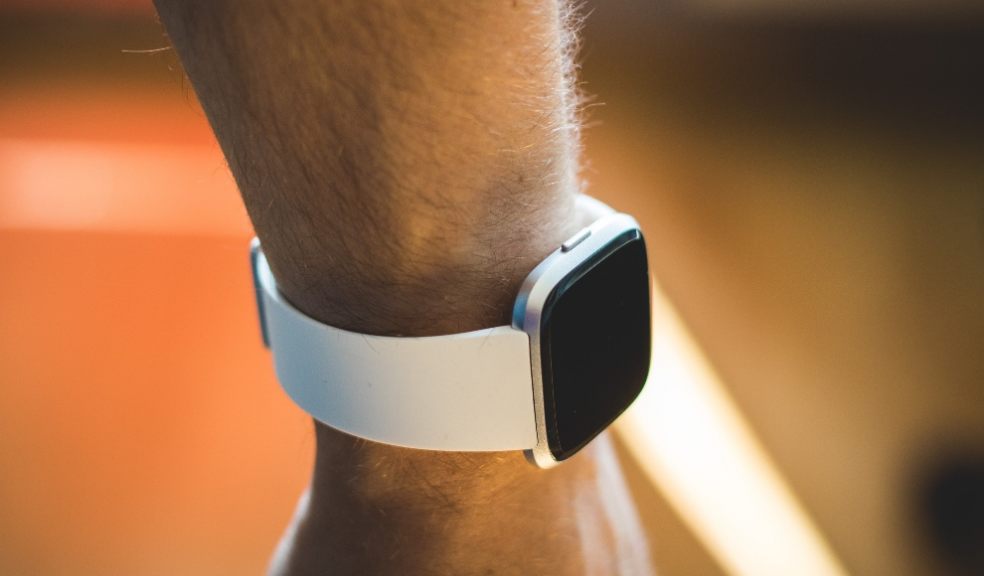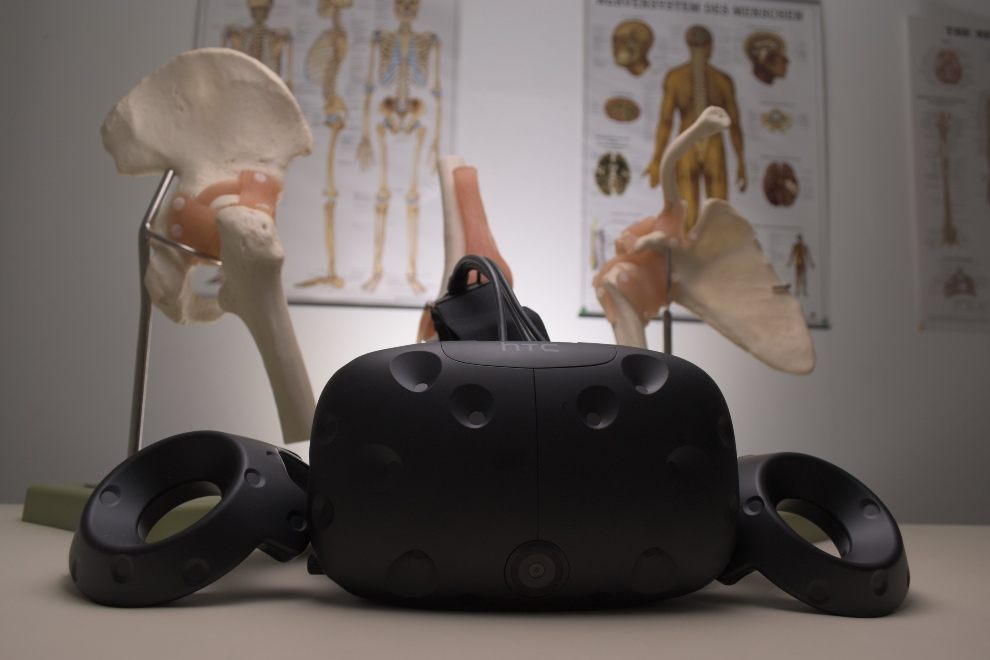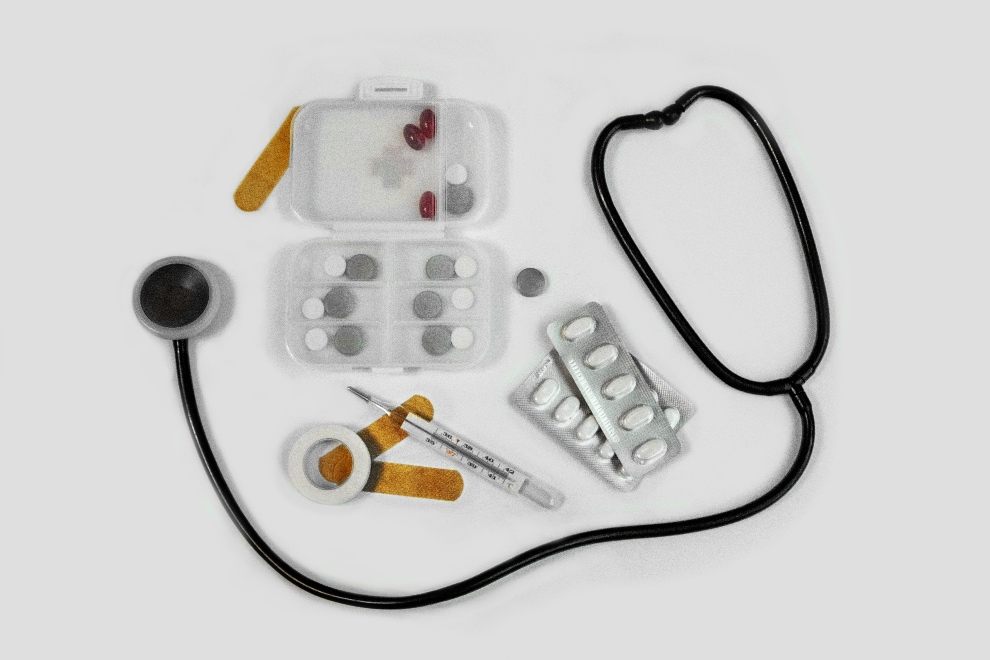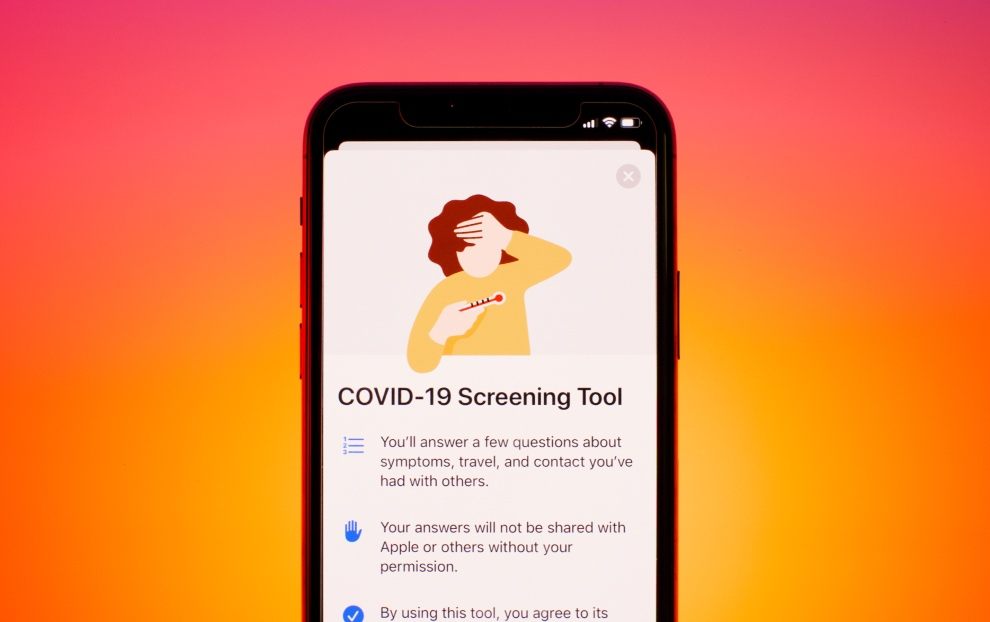
How MDM and other tech innovations are improving healthcare
New technologies are increasingly being adopted into the healthcare industry, allowing healthcare providers to more accurately provide optimized services while increasing profitability. New technologies are also paving the way for new methods of treating diseases, streamlining diagnoses and improving decision-making processes. Medical providers across a range of medical fields can use new technologies to improve surgical accuracy, optimize patient diagnoses, and better treat and manage complicated diseases
Mobile technologies are one of the fastest-growing advances being implemented in the healthcare industry. New apps are changing the way daily actions are monitored and measured in relation to health. Take a look at how innovations are leading the future of better healthcare and improved quality of life.
Internet of Medical Things
The Internet of Things (IoT) is experiencing widespread adoption in the healthcare industry, specifically the Internet of Medical Things. The IoMT is a connected network of medical devices, software applications, and healthcare systems and services. More and more mobile medical devices are connecting to the cloud, allowing patients and medical professionals to maintain a connection. Artificial Intelligence and Machine Learning are being leveraged by innovative IoMT devices to deliver clinical-grade patient care either in the hospital or at home.
Non-Traditional Players
Technology and service providers are working directly with healthcare providers to improve overall patient care with analytics, medical devices, and other innovations. When the Affordable Care Act established a use case for Healthcare Information Exchanges, the drive for secure, cloud-based electronic health records was innovative. That innovation has led healthcare providers to expand new collaboration use cases with technologies, researchers, and regulators.

With new innovations come new players who don't follow traditional rules. New products are constantly being developed to improve the quality of life for people with disabilities, such as innovative prosthetics for amputees. Robotic technology is changing the way that patients are regaining their mobility. Ekso Bionics uses exoskeleton technology to enhance natural abilities and improve quality of life. The global leader in bionics companies offers wearable robots technologies for use in clinical rehabilitation to enhance strength, reduce fatigue, and improve mobility in patients.
Preventive Care

As the U.S. population ages and grows due to longer lifespans, there is an increased demand for additional healthcare. The healthcare workforce is also aging and reaching the age of retirement, which will lead to a shortage of licensed physicians and nurses in the U.S. One of the most widely used cases of technological innovations is preventive care. Diseases and health problems are common with advanced age, but early prevention and detection can improve patients' outcomes. Preventive care is growing to include telemedicine and wearable medical devices that meet the demand for both preventive and geriatric care.
Tying it Together With Master Data Management

As new technologies continue to innovate the healthcare industry, it's essential to understand best practices for enterprise data. Many organizations utilize several systems across business functions, all of which contain databases of patient information. This results in data silos, poor data integrity, and duplicate data that gives a skewed view of business operations. Master Data Management (MDM) is a system for ensuring an organization's master data is consistent and accurate. Master data, reference data, and metadata, are enterprise data assets that drive business processes, undergo analytics, and are controlled through data governance. Master data serves as a single source of truth for business intelligence.
One of the best practices for maintaining data management and data quality is to implement master data management software. An MDM platform takes care of data consolidation and maintains accurate information in a central repository. Successful MDM results in an increase in revenue, improved workflow and operational efficiency, supply chain optimization, real-time data and actionable insights, and improved regulatory compliance.
Enterprise data is the more important asset that a medical service provider has. Keeping a vast amount of data organized, accessible, and accurately reveals new insights, opportunities, risks, and improved business intelligence.

















